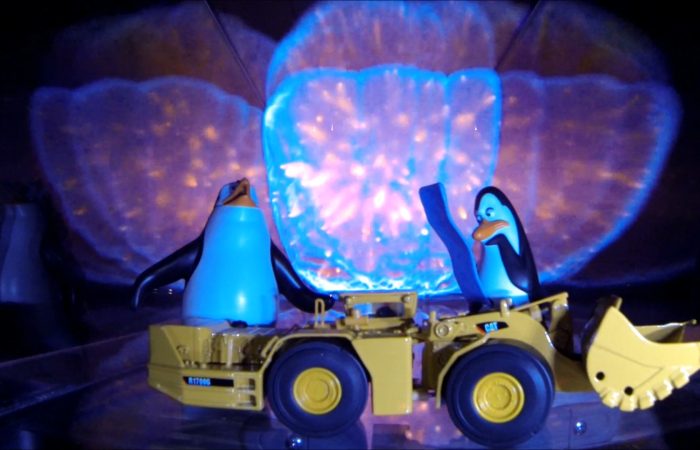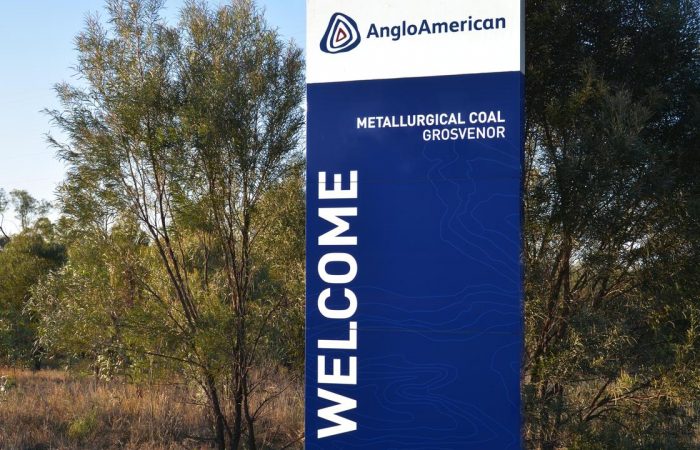
Grosvenor 29 LW Methane HPI’s in 2019 and 14 in 2020 before the Ignition on May 6th. What happened to May 2018 “It was also acknowledged that continued HPI’s with Methane greater than 2.5% was not satisfactory and the mine must ensure that such HPl’s are minimised, and preferably eliminated going forward.”? SWEET F… ALL!
It was also acknowledged that continued HPI’s with Methane greater than 2.5% was not satisfactory and the mine must ensure that such HPI’s are minimised, and preferably eliminated going forward.
This was in the MRE from 9th May 2018 of Inspectors Marlborough and Gouldstone.
Anglo Grosvenor Management present: Mark Kirsten, SSE; Rob Knowles, Operations Manager; Wayne Pate, Compliance Superintendent; Mick Webber, Ventilation Officer; Trent Griffiths, Technical Services Manager;
There were at least 29 in LW 103 during 2019, 14 in LW 104 from March 9th till May 6th 2020 as well as at least 8 further Development Methane HPI’s from methane Inrushes associated with floor heave.
The Mine management certainly does not minimise or eliminate the Methane HPI’s, and the Inspectors never stop them from continuing to occur.
There is not enough pre-drainage and residual gas content of the surrounding seams especially is too high.
The Mines Strategy and Focus is reliance on post drainage of the goaf via boreholes and abnormally high ventilation quantities and pressure in the longwall block.
The Mines Inspectorates is whether the bleeder shaft should be intake or return
The need for effective pre-drainage was identified by both Grosvenor Management and the Inspectorate during during a Structured Inspection on Ventilation Standards in February 2016.
The Mine is relatively uncomplicated at present but it is anticipated that the future will present more challenging conditions especially in regard to working temperatures and effective pre-drainage of methane from Goonyella Middle seam and surrounding strata.
The Grosvenor Mine Management strategy of almost total reliance on post draining methane is contained in the Responses of then UMM Wayne Bull to Inspector Dobson’s Directive from December 2016. 102 Dobson Directive Response
The bleeder shaft being intake and its effect on LW 104 goaf fringe received a lot of attention at the Grosvenor Inquiry.
The reason the bleeder shaft being on intake or return get more pertinent in LW 103 and LW 104 is that after a high number of methane HPI’s in LW 103, the Anglo Grosvenor Management at the urging of the Inspectorate change the bleeder shaft from intake to return.
Despite this Anglo revert to an intake bleeder shaft in LW 104 for the Grosvenor LW 104 Ventilation Arrangement (Little Britton LW Ventilation Arrangement)
The Second Workings Notices are given to Inspectors prior to Longwall Mining commencing in each panel.
The formal written notice was received less than 4 days prior to LW103 starting and 3 days prior to LW 104 commencing.
The Anglo Management decision to have the bleeder shaft as an intake in LW 102 was raised in a number of the Inspectors MRE’s in 2018 and the Inspectors asked that the Management consider the logic of this as a strategy.
Reconsidering if the bleeder could be made a return. Inspector Marlborough requested a copy of the Ventsim model which was the basis for the Mine decision to discount this option
Gouldstone 6th August MRE – Grosvenor Coal Mine RG – 06.08.2018.pdf
- Plans for risk assessment [second workings LW 103 should be notified well before commencement, I requested a presentation of intentions based on LW 102 & 101 learnings
- Long term ventilation strategy and use of satellite shafts
MRE – Grosvenor Coal Mine — 19.03.2018.pdf
Can the air around the “bleeder road” be reversed and this would allow suction to be applied to inertisation lines through the perimeter goaf seals on the TG side of the bleeder to draw the methane fringe away from the TG end of the face
2.2 Other options discussed during open forum
Cutting the ventilation quantity through the longwall reducing the goaf wash and the venturi effect of the high air velocity across the Longwall. Currently 80 m 3/s across the Longwall face
Reconsidering if the bleeder could be made a return. Inspector Marlborough requested a copy of the Ventsim model which was the basis for the Mine decision to discount this option
2.0 Close-out Meeting
2. The Mine should consider options for reducing this including reversing air around the bleeder.
19th May MRE – Grosvenor Coal Mine – 9.5.2018
We made the following points in conclusion;-
- Intake pollution round the bleeder is a significant impact on the methane levels. This apparent with 04% showing on the MG methane monitor. The Mine should consider options for reducing this including reversing air around the bleeder or controlling the rib emissions by the application of Fibrecrete as has successfully been done at Moranbah North. This would benefit all subsequent blocks relying on the air from the bleeder.
Gouldstone 6th August MRE – Grosvenor Coal Mine RG – 06.08.2018.pdf
Other Matters
- On going exchanges with methane exceedances
- Plans for risk assessment second workings LW 103 should be notified well before commencement, I requested a presentation of intentions based on LW 102 & 101 learnings
- Long term ventilation strategy and use of satellite shafts
11th December 2018 MRE – Grosvenor Coal Mine RG Floor blowers – 11.12.2018.pdf
LW103 Installation and Dust Mitigation Inspector Gouldstone 11th December 2018
The final 25 supports are to be installed with support commissioning in progress.
A major vent change to establish 60 cubic metres/second on the longwall, maintain the bleeder as an intake to LW104 to return to LW103 and establish homotropal ventilation in the belt road.
Ventilating past previous longwall seals results in 0.3% methane reporting to the longwall maingate.
A vent shaft is planned for longwall 104 which will dispense with the need for the current bleeder.
Cutting will commence on Saturday 15 December 2018 after the ventilation change.
Mr Niehaus undertook to give notice of second workings formally before the commencement of cutting operations and provide a copy of the latest ventilation survey results after the ventilation change.


Hi Stuart,
It would be interesting to hear from the mine in regards to the plans going forward.
It is obvious one of the good mining practice solutions would be to introduce 3 heading gates for the mine.
Even though current management don’t believe it is a solution,( if they did it is not to hard to implement) Previous generations did and gained the benefits from it.
The mines inspectors don’t have the technical capability to lead the industry in a safer direction.( if they did we would not be talking about multiple gas explosions in qld over the past 5 years)
So where does that leave the coal mine workers?
Even though green house gas emissions have not got a guernsey in this little rodeo, it seems to be problematic for the management team, when making decisions prior to the explosions.
The cynical question needs to be asked when did Anglo prioritise green house emissions over the safety of coal mine workers and its profits?
Coalhog;
Success has MANY Fathers, Failures has NONE.
There are many layers to this smelly old Bastard Grosvenor Onion.
The continued Actions of Anglo Coal Australia at Grosvenor Mine over many years and multiple SSE’s and UMM’s shows there is a deep Corporate Problem with its whole approach to Risk Management and Worker Safety.
As for the Mines Inspectors and so called Mining Engineers and Managers, John Buddle in 1815 in England ventilation in high methane than this lot,
3 Headings; Centre Road Intake, Flanking Returns. Who would have though of that?
I have succeeded in rendering the drift a b safely accessible with candles, by driving a third drift e f. In this ease, we have a centre drift a b for the intake of the air, and two flank c d and e f for its return.
In practice, it is always found that the current of air, passing along the centre drift a b, at the innermost stentings g h, divide itself equally, one half returning up the flank drift c d, and the other up e f, and both uniting again at k, after crossing the entering air over an arch-way of brick, or plank, at m.
It is therefore evident, that under this mode of ventilation, discharge of inflammable gas from the old workings X Y, will be swept off without danger along the aux drift’ c d •ad e f,
https://www.qldminingcrisis.com.au/2021/03/16/john-buddle-19th-century-english-mine-manager-seems-to-know-more-about-ventilating-a-mine-effects-of-a-methane-explosion-and-making-explosion-resistant-stoppings-than-21st-century-mining-engineers/